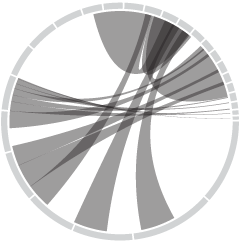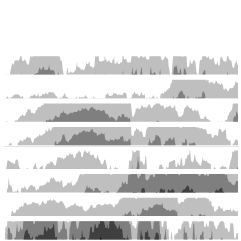-
People have kids at a wide range of ages, but the moments tend towards where we are in life. There are social norms and biological norms. Based on data from the National Center for Health Statistics, we can see how these ranges shift by child number.
-
Members Only
-
Between 1849 and 1851, J.G. Heck published a 10-part encyclopedia called Iconographic Encyclopædia covering a wide range of topics in science and art. Nicholas Rougeux, who likes to web-ify old works, restored Heck’s 13,000-plus illustrations and restructured the encyclopedia for the browser. All it took was hours of manual labor spread out over 13 months.
Read more about the process here.
-
In the 1930s, a group called the Home Owners’ Loan Corporation went to cities classifying neighborhoods based on the “risk” of defaulting on loans. Areas deemed highest risk were marked with red ink on a map, and these areas tended to be non-white. The classification, redlining, was made illegal, but you can still see the effects today, as shown by Ryan Best and Elena Mejía with these interactive maps for FiveThirtyEight.
The maps are based on U.S. Census estimates and data from the University of Richmond’s Mapping Inequality project.
-
Same vibes pic.twitter.com/oXjhdwS3yW
— Matt Blackwell (@matt_blackwell) February 7, 2022
This is a good tweet.
-
How to Make a Line Chart with a Color Gradient in R
Use color to reinforce or add another layer of meaning to a regular line chart.
-
Figure skater Nathan Chen set a world record with his performance in the short program. The New York Times has these cute animations to show the completed jumps. Just spinning around four times in the air, no big deal.
-
Gas-powered vehicles contribute a big part of total carbon production, so to get to carbon neutral, it’s essential that electrical vehicles eventually replace what’s on the road now. For Reuters, Feilding Cage, with illustrations by Samuel Granados, explains the challenges for wide adoption to actually happen in the United States.
The vehicles-on-the-road illustration to show percentages is a good mental link between data and reality. It reminds me of the vehicle recall visualization from NYT a while back.
-
Walk into a boba shop and usually you’ll see a large menu that lists the options for your tea, milk, toppings, ice, and sweetness. With all the variations, you get a lot of combinations. Julia Janicki and Daisy Chung broke it down with an interactive that takes you through the steps.
-
For FiveThirtyEight, Simran Parwani and Kaleigh Rogers compared Groundhog Day predictions against actual weather data from the National Oceanic and Atmospheric Administration:
After dozens of grueling hours of investigation, FiveThirtyEight can confirm that Punxsutawney Phil is a charlatan. A groundbreaking analysis has revealed the Pennsylvania-based groundhog who makes annual predictions about the arrival of spring is not nearly as reliable a prognosticator as those close to him claim. Phil, arguably the world’s most well-known rodent weather predictor, has been forecasting when spring will arrive annually on Groundhog Day since 1887. But when comparing his predictions to historical weather data, he’s only right about a third of the time.
I am outraged.
-
Members Only
-
The two counts have been getting closer to each other. The past couple of years accelerated the process.
-
Tom Brady announced his retirement from the National Football League, which ends a long career that stands out from the rest. As required by law, when it comes to sports records over time, The Upshot made four line charts that show cumulative stats for Brady and his peers.
-
Crisis Text Line was sharing data with a for-profit business started by its founder. Given the sensitivity and nature of the data, this relationship understandably seemed questionable at best. Danah Boyd, who serves on the board for Crisis Text Line, provides a detailed view into what happened and why:
The practice of non-profit governance requires collectively grappling with trade-off after trade-off. I have been a volunteer director of the board of Crisis Text Line for 8 years both because I believe in the mission and because I have been grateful to govern alongside amazing directors from whom I constantly learn. This doesn’t mean it’s been easy and it definitely doesn’t mean we always agree. But we do push each other and I learn a lot in the process. We strived to govern ethically, but that doesn’t mean others would see our decisions as such. We also make decisions that do not pan out as expected, requiring us to own our mistakes even as we change course. Sometimes, we can be fully transparent about our decisions; in other situations – especially when personnel matters are involved – we simply can’t. That is the hardest part of governance, both for our people and for myself personally.
-
One of the attractions of crypto is that values can swing into the positive over a short period of time. Of course, that means values can also suddenly dip. Emily Flitter and Karl Russell for The New York Times reported on this volatility through the lens of a handful of cryptocurrencies.
The charts are straightforward but the layering and organization is soothing for me. This must be what people feel when they talk about ASMR.
-
Adrian Blanco for The Washington Post used squares connected at the corners to compare federal judge confirmations across presidencies. Each square represents a demographic, which is sized by number of confirmations. I like it.
-
Ella Koeze, Denise Lu, and Charlie Smart for The New York Times made a game to help you understand gerrymandering better. They created a fake territory called Hexapolis, and your mission, if you choose to accept it, is to gerrymander your party into power. Good luck.
See also the miniature golf game from The Washington Post. We. Will. Understand. Gerrymandering.
-
Tennis player Novak Djokovic is not vaccinated against the coronavirus, and as a result, was not allowed to compete in the Australian Open. Data collated by the BBC suggests that Djokovic lied about his Covid-19 test results in an attempt to get around rules:
The confirmation codes in all cases slotted into the same chronological timeline as our initial batch sent by BBC colleagues and showed that the earlier the test result date, the lower the confirmation code.
The only outlier of all the confirmation codes we’ve plotted was Mr Djokovic’s positive test on 16 December.
See also Zerforschung’s questioning from earlier this month.
-
Eggs aren’t always white, which is oddly calming in this photo by way of Bergs Fairytale Garden. [Thanks, all]
-
Members Only


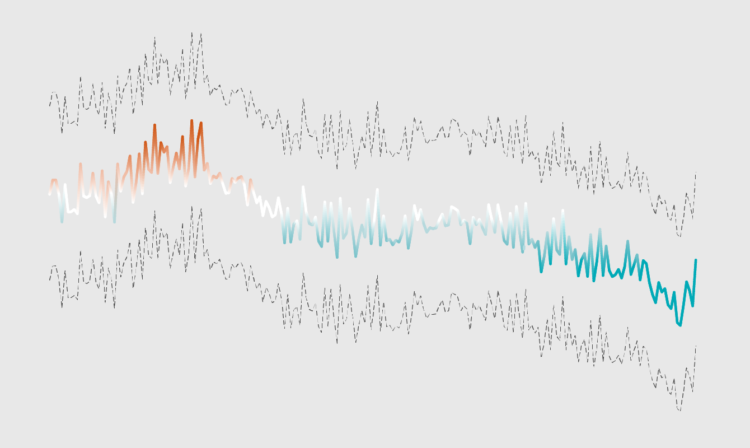
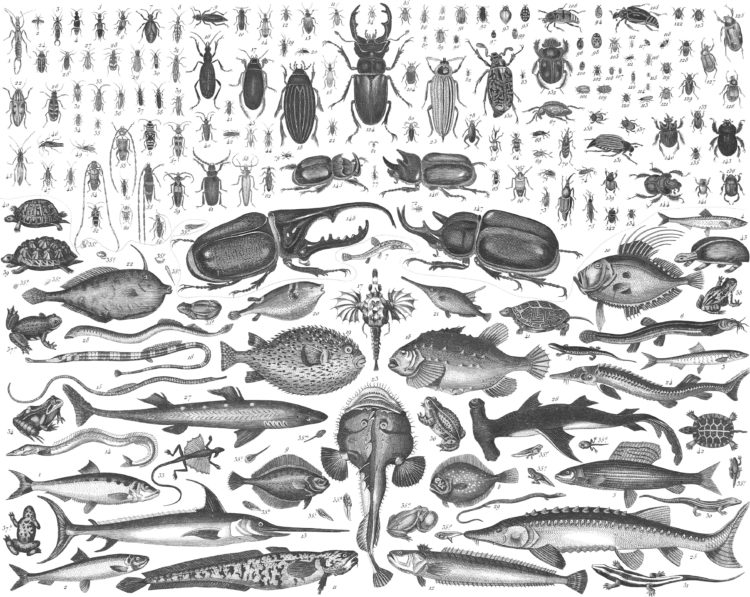
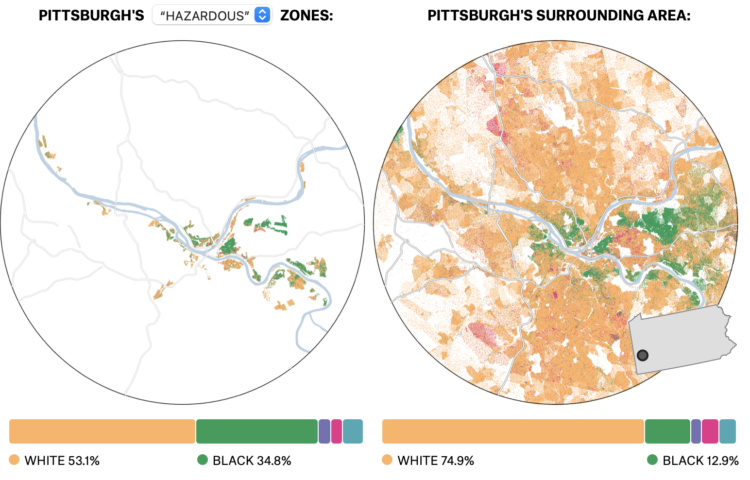
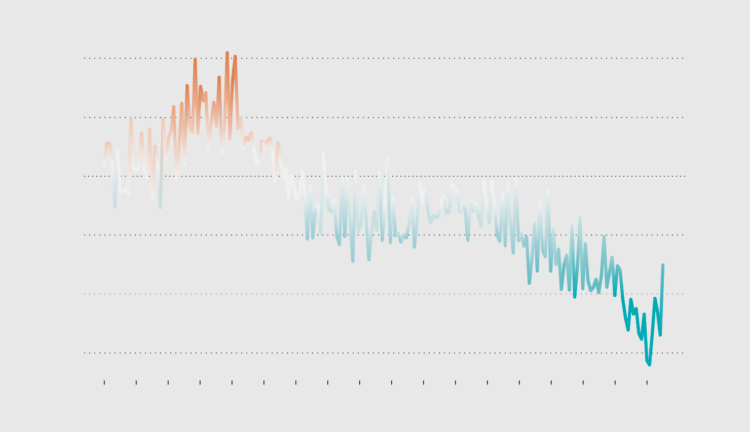
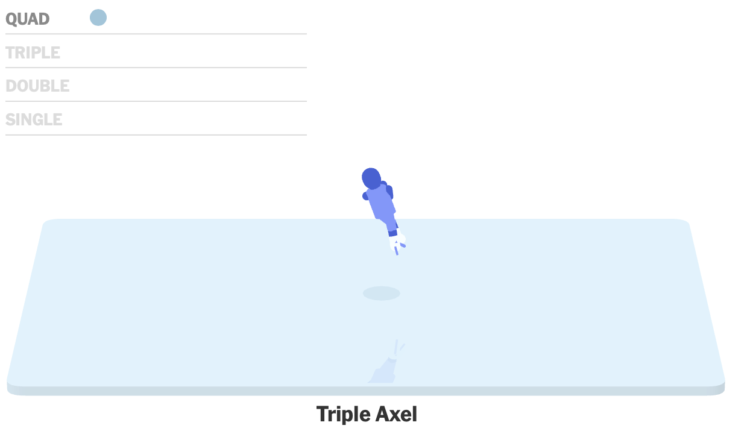
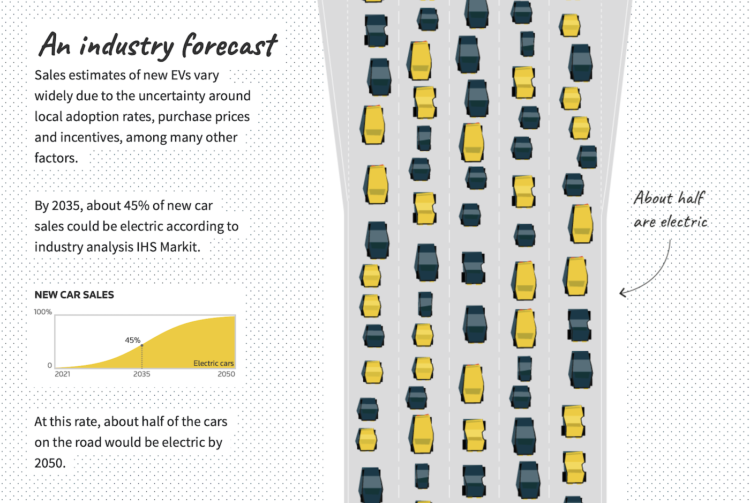
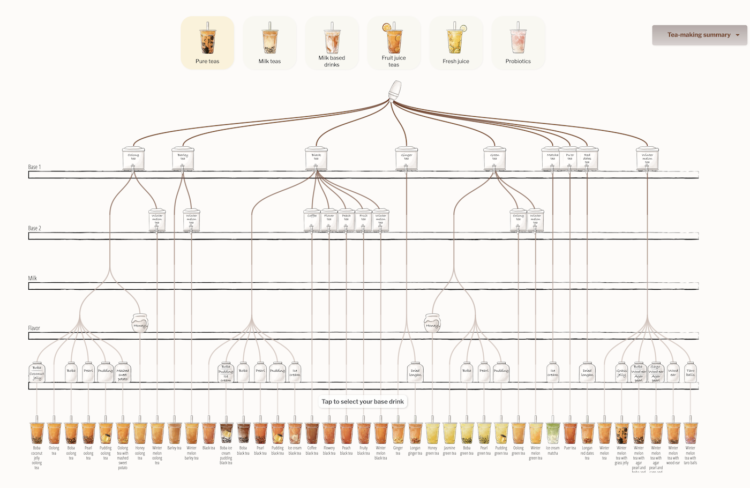
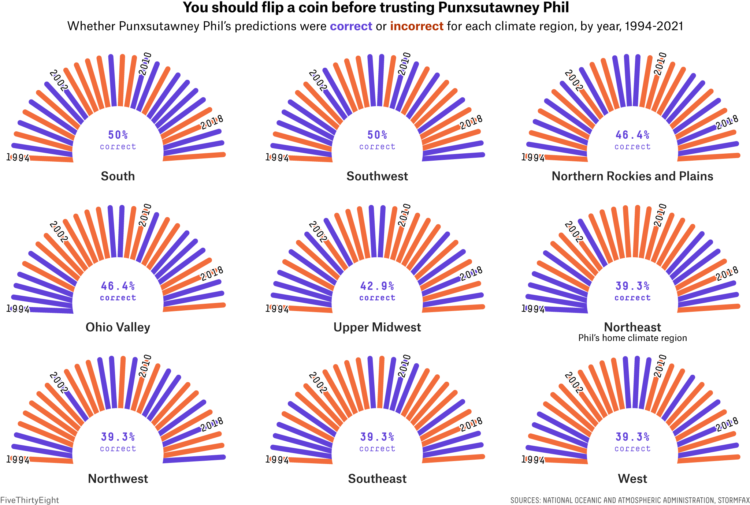

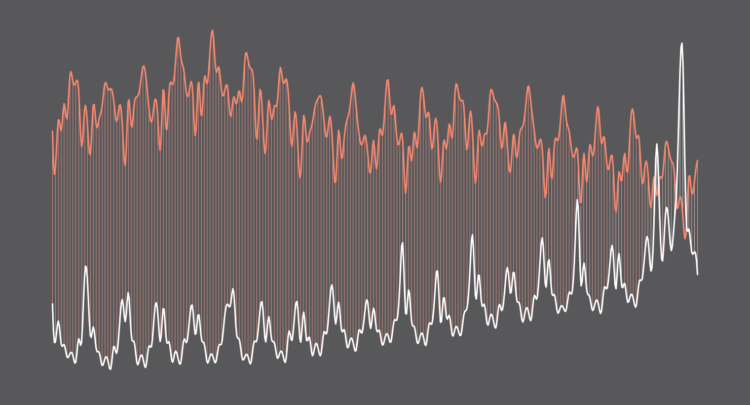
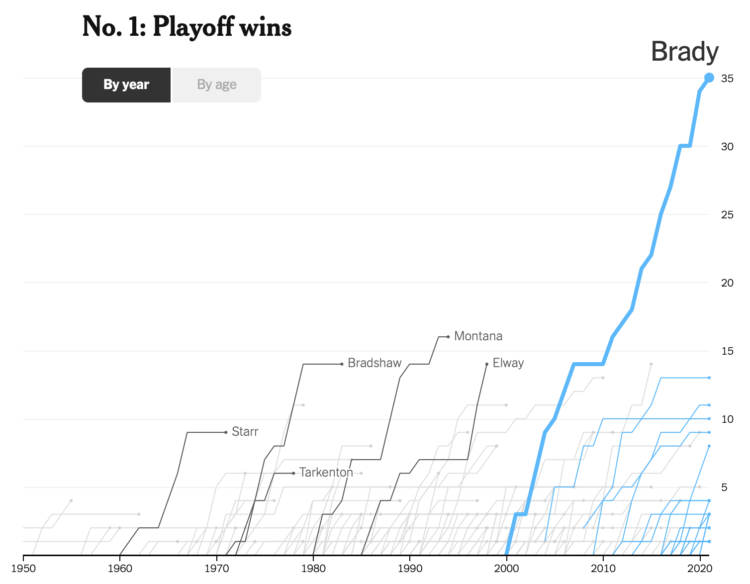
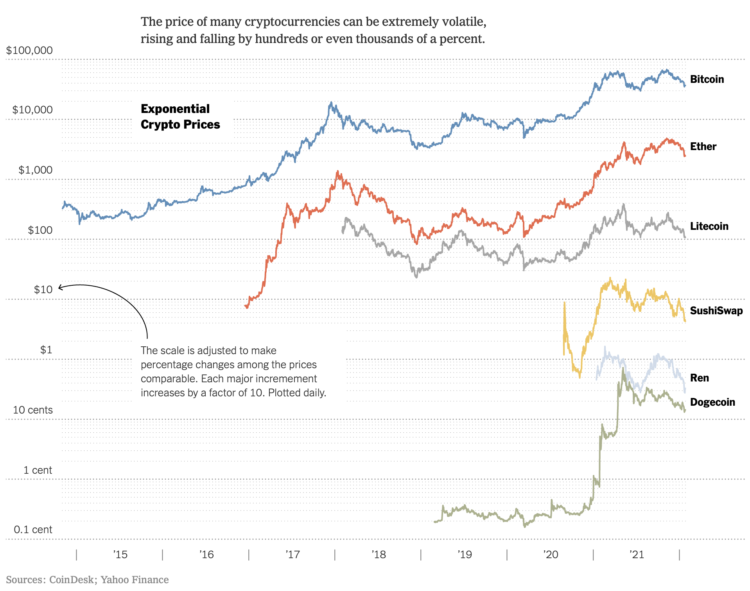
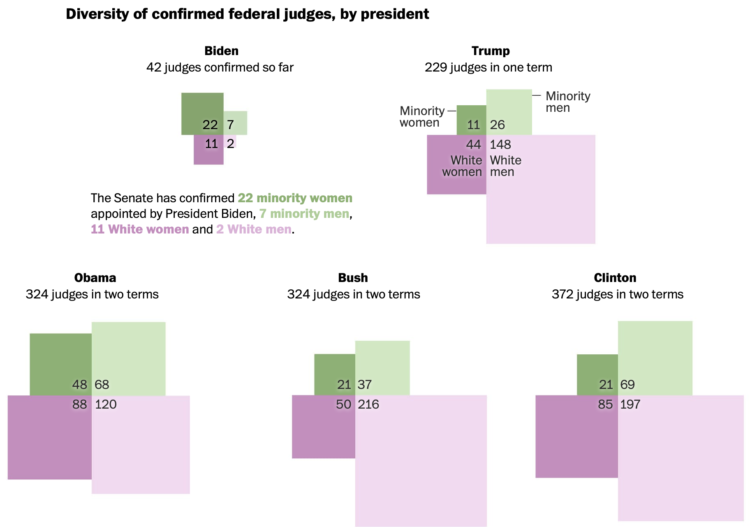
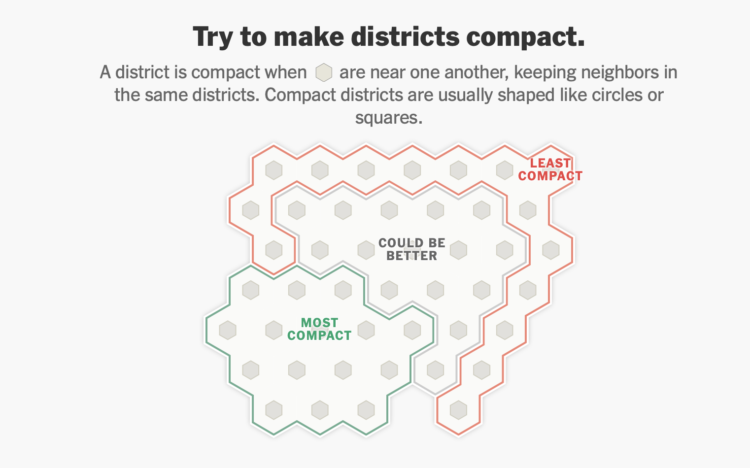
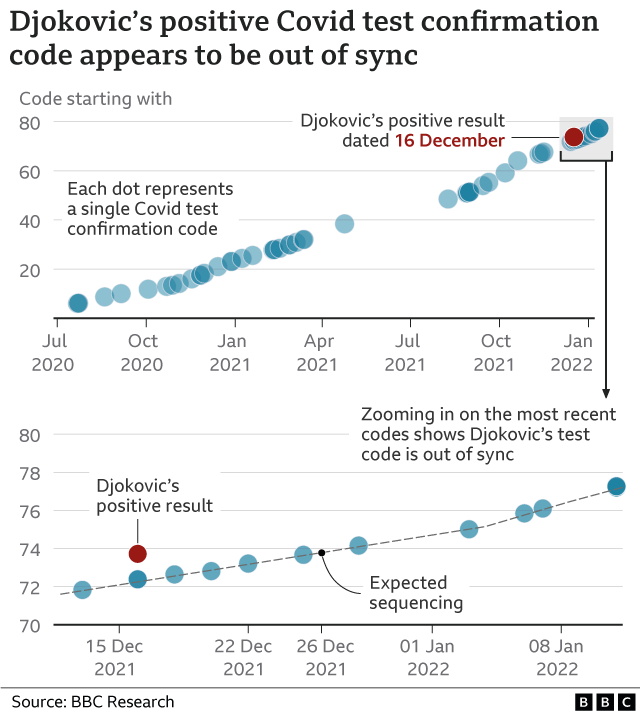
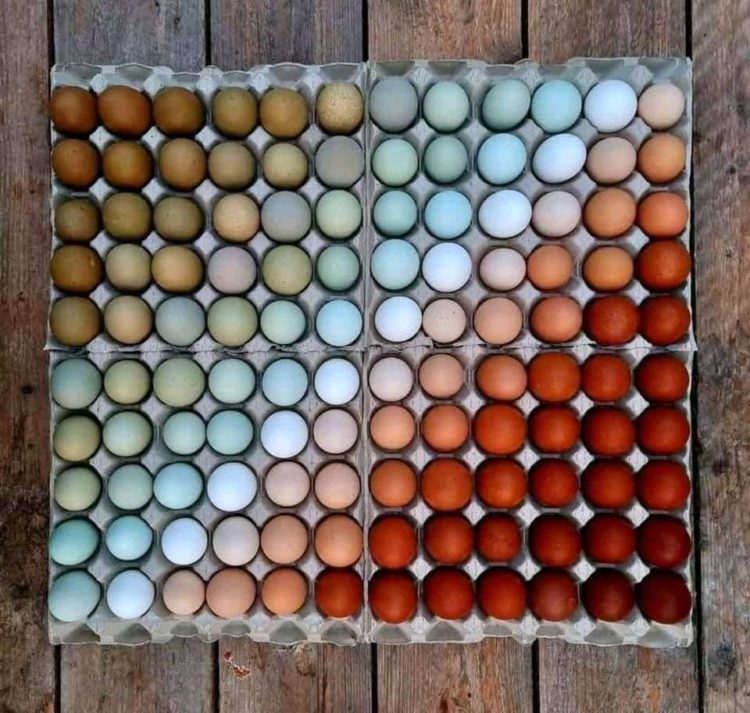
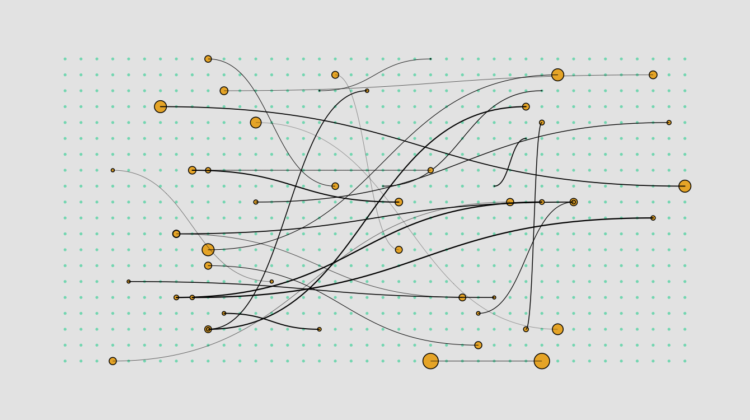
 Visualize This: The FlowingData Guide to Design, Visualization, and Statistics (2nd Edition)
Visualize This: The FlowingData Guide to Design, Visualization, and Statistics (2nd Edition)


